Apple's OLED upgrade for the MacBook Pro is expected to arrive in 2026, with the change likely to bring Samsung Display into the notebook display supply chain.
Following the iPhone and iPad lineups switching display technologies to OLED, the MacBook lineup is also anticipated to eventually make the switch. If a report from analysts is accurate, then it will occur from 2026.
In a report from Omdia, discussing Apple's MacBook panel supply chain for 2025, analysts touch upon changes that will be happening in future years. The last paragraph actually discusses Apple shifting the MacBook line from LCD TFT to OLED.
According to Lina Lin, Senior Principal Analyst for Tablet and Notebook Display and OEM at Omdia, Apple is expected to introduce OLED to MacBooks "starting 2026." Lin goes on to propose that Samsung Display will probably join Apple's MacBook supply chain at the time as well.
Samsung Display is best known as one of two major suppliers of OLED panels for Apple's iPhone line. Given Samsung Display's prowess in making OLED panels for notebooks as well as tablets and smartphones, it is plausible that it would want to be a supplier for MacBook models.
For Apple, this could result in increased competition between potential suppliers for its notebook displays, reducing costs.
Thinner, brighter, notch-free?
Rumors of an OLED MacBook release have circulated for a while, but have so far failed to bear fruit. The date of when to expect the change has also shifted around, but current speculation is for a 2026 release.
In December 2024, a supposed roadmap from Omdia was leaked, showing expectations of a 14-inch and 16-inch MacBook Pro with a "Rounded Corner + Hole Cut" Hybrid OLED display. The roadmap, if accurate, would mean that Apple would use some form of hole-punch camera in the display, instead of relying on a notch like in the current design.
There is no mention of whether this will be the case in the current story, as it steers clear of any notch-related discussions.
Earlier, in May 2024, Omdia believed that Apple was likely to add OLED to the iPad Pro "as early as 2026." However, that followed a few months after another supply chain report explaining that a migration wouldn't happen until 2027.
As analysts, Omdia doesn't have the best track record when it comes to the accuracy of its predictions, including its schedules.
For Apple, a shift to OLED makes sense, as it would result in a display that's brighter, has higher contrast, and is extremely vivid. The panel would also be thinner, due to not needing a backlight, which could help reduce the weight and thickness of the MacBook Pro itself.
OLED is not just expected for the MacBook Pro, as the MacBook Air is anticipated to benefit from the display technology. However, current expectations is for it to arrive as far back as 2029.
 Malcolm Owen
Malcolm Owen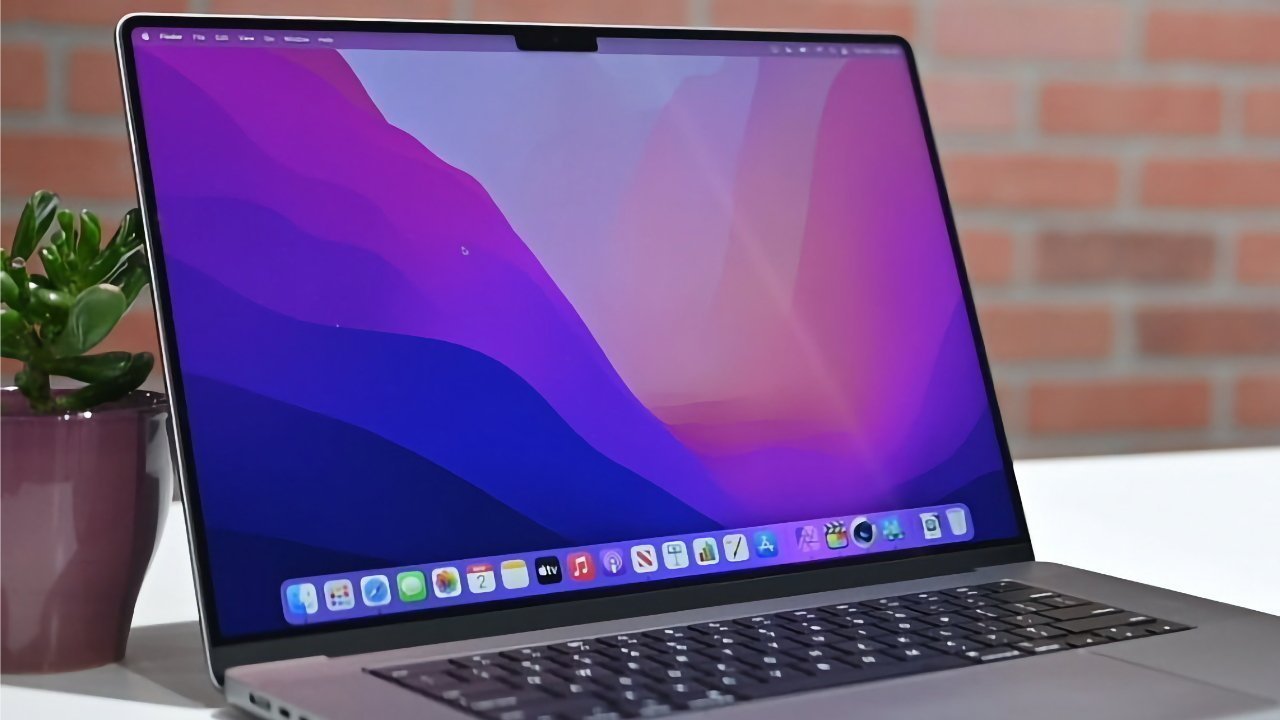

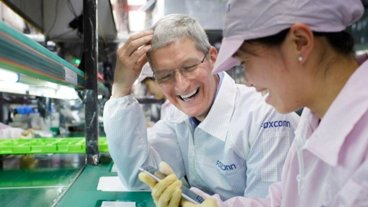
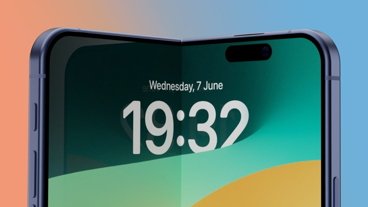
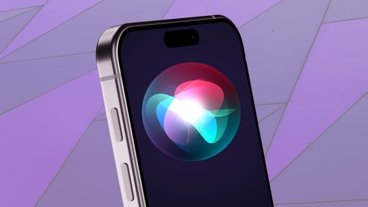

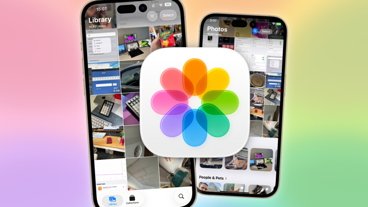


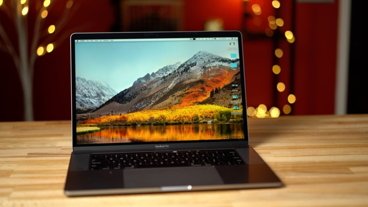
-m.jpg)
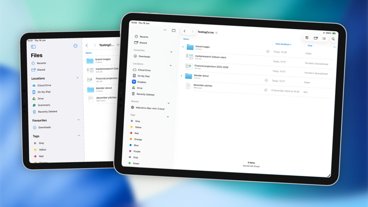


 Marko Zivkovic
Marko Zivkovic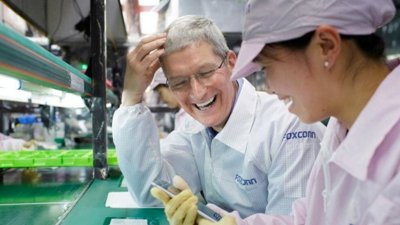
 William Gallagher and Mike Wuerthele
William Gallagher and Mike Wuerthele
 Andrew Orr
Andrew Orr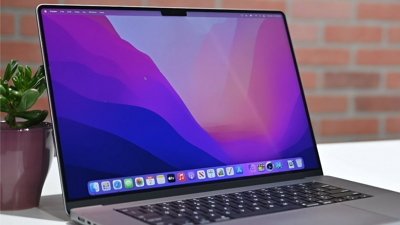

 William Gallagher
William Gallagher
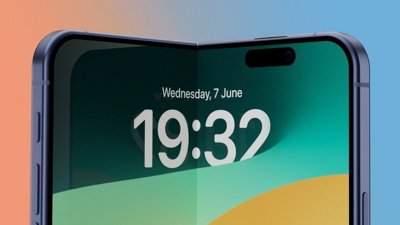




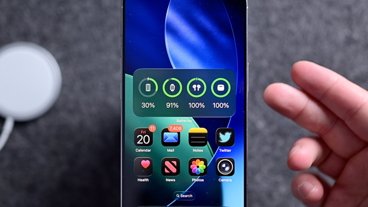
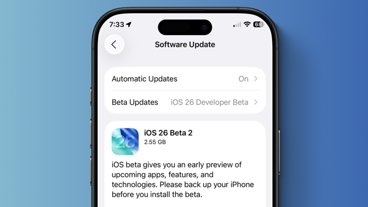

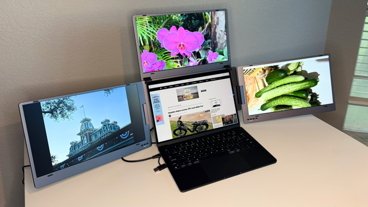

2 Comments
The big problem with OLED would be the screen burn from the dock and menubar, and any other fixed item on the screen, which would rarely change. iPad and iPhone have way more full screen changes with apps opening and closing constantly to significantly reduce the potential for screen burn. But Macs have more fixed objects on the screen that could cause burn-in. The current MacBook Pros with mini LED look amazing. OLED is susceptible to screen burn, that is the nature of that technology.
I am on the fence about either getting a Windows gaming laptop and a Mac mini (M-Pro) or just getting an M-Max MacBook Pro, but OLED is now making it a tempting choice.